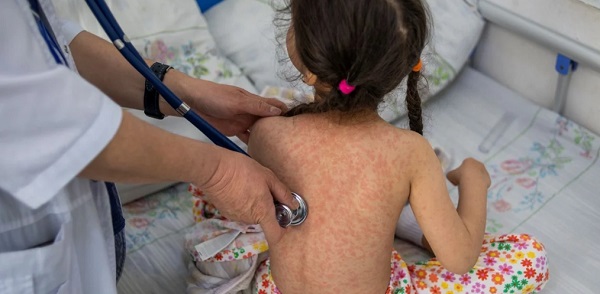Indigenous
Trudeau gov’t to halt funds for ‘unmarked graves’ search after millions spent, no bodies found
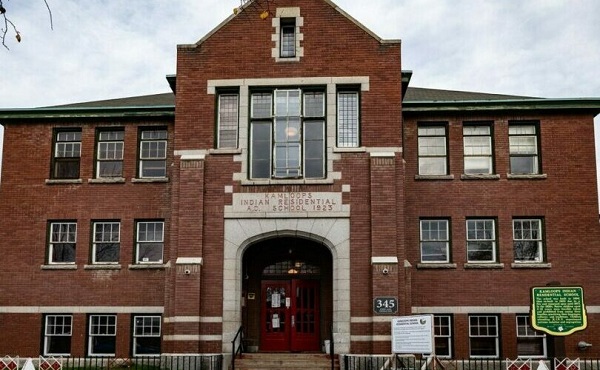
From LifeSiteNews
According to the committee tasked with searching for ‘unmarked burials’ at residential schools, the Government of Canada has denied its request for further funding.
The Canadian federal government will be halting funding to a committee tasked with searching for “unmarked burials” near former residential schools after zero graves were discovered and millions of taxpayer dollars spent.
In a statement released last week, the National Advisory Committee on Residential Schools Missing Children and Unmarked Burials said it was “extremely disappointed to learn that the Government of Canada has decided to discontinue funding to support their work to help Indigenous communities in their efforts to identify, locate and commemorate missing children.”
NAC urged “the federal government to reconsider” its funding cuts to the committee, which is co-administered by the National Centre for Truth and Reconciliation and the federal Department of Crown-Indigenous Relations and Northern Affairs, that was struck in 2021.
The reality of the situation is that since the NAC was struck not one body has been located on lands associated with former government-funded and mandated residential schools, many of which were run by Catholic and Anglican churches in Canada.
In fact, Canada’s Department of Crown-Indigenous Relations had already confirmed it spent millions searching for “unmarked graves” at a now-closed residential school, but that the search has turned up no human remains.
The initial funds budgeted in 2022 to aid in “locating burial sites linked to former Residential Schools” were already set to expire in 2025, with some $216.5 million having been spent.
A total of $7.9 million granted for fieldwork has resulted in no human remains having been found to date.
In 2021 and 2022, the mainstream media ran with inflammatory and dubious claims that hundreds of children were buried and disregarded by Catholic priests and nuns who ran some of the schools.
As a result of the claims, since the spring of 2021, 112 churches, most of them Catholic, many of them on indigenous lands that serve the local population, have been burned to the ground, vandalized, or defiled in Canada.
The cut in funding comes after Trudeau’s cabinet said last year it would expand a multimillion-dollar fund geared toward the project.
The Tk’emlups te Secwepemc First Nation was more or less the reason there was a large international outcry in 2021 when it claimed it had found 215 “unmarked graves” of kids at the Kamloops Residential School. The claims of remains, however, were not backed by physical evidence but were rather disturbances in the soil picked up by ground-penetrating radar.
The First Nation now has changed its claim of 215 graves to 200 “potential burials.”
As reported by LifeSiteNews, Prime Minster Justin Trudeau as recently as June again falsely stated that “unmarked graves” were discovered at former residential schools.
Canadian indigenous residential schools, while run by both the Catholic Church and other Christian churches, were mandated and set up by the federal government and ran from the late 19th century until the last school closed in 1996.
While there were indeed some Catholics who committed serious abuses against native children, the unproved “mass graves” narrative has led to widespread anti-Catholic sentiment since 2021.
While some children did die at the once-mandatory boarding schools, evidence has revealed that many of the children tragically passed away because of unsanitary conditions due to the federal government, not the Catholic Church, failing to properly fund the system.
In October of 2024, retired Manitoba judge Brian Giesbrecht said Canadians are being “deliberately deceived by their own government” after blasting the Trudeau government for “actively pursuing” a policy that blames the Catholic Church for the unfounded “deaths and secret burials” of Indigenous children.
Canadian Energy Centre
Saskatchewan Indigenous leaders urging need for access to natural gas
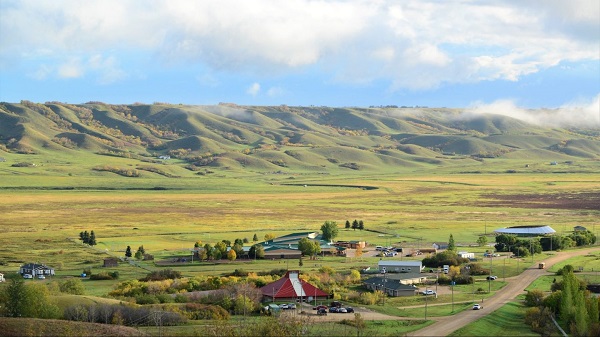
Piapot First Nation near Regina, Saskatchewan. Photo courtesy Piapot First Nation/Facebook
From the Canadian Energy Centre
By Cody Ciona and Deborah Jaremko
“Come to my nation and see how my people are living, and the struggles that they have day to day out here because of the high cost of energy, of electric heat and propane.”
Indigenous communities across Canada need access to natural gas to reduce energy poverty, says a new report by Energy for a Secure Future (ESF).
It’s a serious issue that needs to be addressed, say Indigenous community and business leaders in Saskatchewan.
“We’re here today to implore upon the federal government that we need the installation of natural gas and access to natural gas so that we can have safe and reliable service,” said Guy Lonechild, CEO of the Regina-based First Nations Power Authority, on a March 11 ESF webinar.
Last year, 20 Saskatchewan communities moved a resolution at the Assembly of First Nations’ annual general assembly calling on the federal government to “immediately enhance” First Nations financial supports for “more desirable energy security measures such as natural gas for home heating.”
“We’ve been calling it heat poverty because that’s what it really is…our families are finding that they have to either choose between buying groceries or heating their home,” Chief Christine Longjohn of Sturgeon Lake First Nation said in the ESF report.
“We should be able to live comfortably within our homes. We want to be just like every other homeowner that has that choice to be able to use natural gas.”
At least 333 First Nations communities across Canada are not connected to natural gas utilities, according to the Canada Energy Regulator (CER).
ESF says that while there are many federal programs that help cover the upfront costs of accessing electricity, primarily from renewable sources, there are no comparable ones to support natural gas access.
“Most Canadian and Indigenous communities support actions to address climate change. However, the policy priority of reducing fossil fuel use has had unintended consequences,” the ESF report said.
“Recent funding support has been directed not at improving reliability or affordability of the energy, but rather at sustainability.”
Natural gas costs less than half — or even a quarter — of electricity prices in Alberta, British Columbia, Ontario, Manitoba and Saskatchewan, according to CER data.
“Natural gas is something NRCan [Natural Resources Canada] will not fund. It’s not considered a renewable for them,” said Chief Mark Fox of the Piapot First Nation, located about 50 kilometres northeast of Regina.
“Come to my nation and see how my people are living, and the struggles that they have day to day out here because of the high cost of energy, of electric heat and propane.”
According to ESF, some Indigenous communities compare the challenge of natural gas access to the multiyear effort to raise awareness and, ultimately funding, to address poor water quality and access on reserve.
“Natural gas is the new water,” Lonechild said.
Frontier Centre for Public Policy
John Rustad’s Residential School Claim Is False And Dangerous
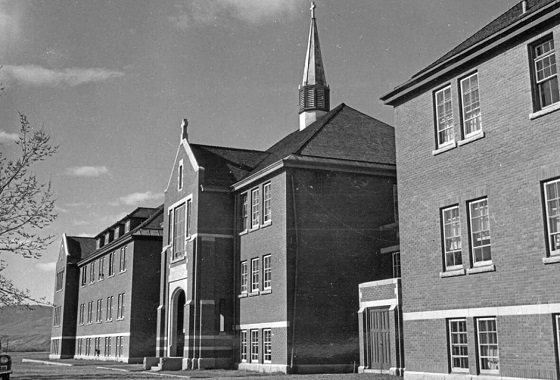
From the Frontier Centre for Public Policy
When politicians misrepresent facts or historical events, whether out of ignorance or political expediency, they do a disservice to the truth and public trust. On Feb. 24, 2025, B.C. Conservative Party Leader John Rustad reportedly told Global News that “more than 4,000 children did not return home” from residential schools because “those children died in residential schools.” As researcher Nina Green points out, this statement is demonstrably false and contradicts the Truth and Reconciliation Commission’s (TRC) final report.
Sadly, Rustad is not the only one making such claims. Similar statements, portrayed as facts, are repeated by politicians who should know better.
The truth, according to the TRC, is that 423 named children died on the premises of residential schools between 1867 and 2000. That is a tragedy, and we must expand our understanding of how and why these deaths occurred. To learn from tragedies, we must acknowledge and reflect on them. But to truly understand, we must accept what is true rather than bending or distorting it. Repeating the claim that “more than 4,000” children died in residential schools, as Rustad and others have uncritically reported, misrepresents reality.
The vastly inflated number, according to Green, originates from the University of Manitoba’s National Centre for Truth and Reconciliation (NCTR), which has misrepresented the data by including children who died after leaving school—in hospitals, in accidents at home, and even well into adulthood. This distortion has led to widespread misrepresentation, misleading policymakers and the public.
Why does this matter?
Canada’s history with Indigenous residential schools is deeply painful. Abuses, neglect and forced assimilation were real in many instances. However, distorting the facts about residential school deaths promotes a false narrative of genocide that does not serve justice—in fact, this false narrative undermines it. If reconciliation means anything, it must be built on truth, not contrived political narratives.
By repeating the claim that more than 4,000 children died at residential schools, Rustad is spreading falsehoods and stoking division. This figure has been used to justify claims of mass graves, leading to international headlines and widespread outrage that harm present generations of Indigenous people. Yet, nearly four years after the first claims of unmarked graves, no remains have been excavated or verified.
Rustad is not a private citizen—he is a public figure whose words carry weight. As such, he is responsible for ensuring that the information he disseminates is accurate. Rustad is failing in his duty to the public. Depending on his motivation, he contributes to a culture in which historical accuracy is sacrificed for political expediency.
Some may argue that the exact number of students who died at residential schools is not important. But truth is not negotiable. If we accept exaggerated claims in one instance, we set a dangerous pattern for historical distortions. The truth should not be ideological or political.
If Rustad is serious about Indigenous issues, he should demand transparency from the University of Manitoba and its NCTR. Instead of accepting misleading figures, he should call for the full release of the TRC records, as was promised in 2013.
Leaders like Rustad must be held accountable. Falsehoods, no matter how well-intentioned, do not advance reconciliation. They erode trust, divide Canadians, and ultimately undermine the cause they claim to support. All Canadians deserve much better.
Marco Navarro-Genie is the vice president of research at the Frontier Centre for Public Policy. With Barry Cooper, he is coauthor of Canada’s COVID: The Story of a Pandemic Moral Panic (2023).
-

 2025 Federal Election2 days ago
2025 Federal Election2 days agoElection Security Briefing Confirms CCP-Linked Operation Boosted Carney
-
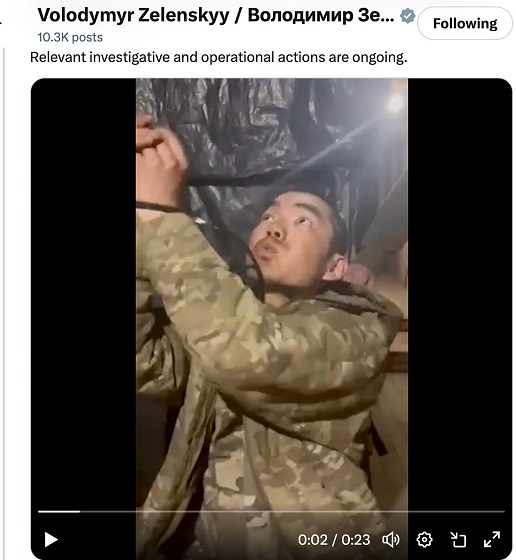
 conflict1 day ago
conflict1 day agoZelensky Alleges Chinese Nationals Fighting for Russia, Calls for Global Response
-
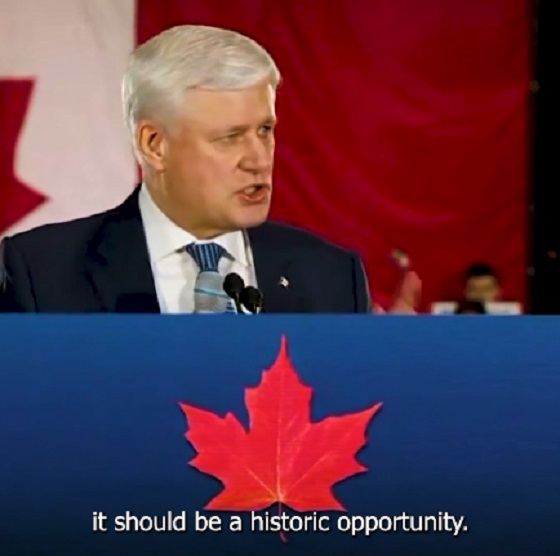
 2025 Federal Election1 day ago
2025 Federal Election1 day agoHarper Endorses Poilievre at Historic Edmonton Rally: “This Crisis Was Made in Canada”
-

 Bruce Dowbiggin2 days ago
Bruce Dowbiggin2 days agoBettman Gives Rogers Keys To The Empire. Nothing Will Change
-
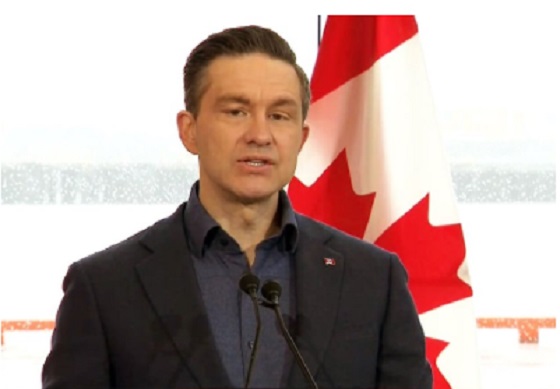
 2025 Federal Election2 days ago
2025 Federal Election2 days agoPoilievre Will Bring in ‘One and Done’ Resource Approvals, and Ten Specific Projects Including LNG Canada Phase II
-
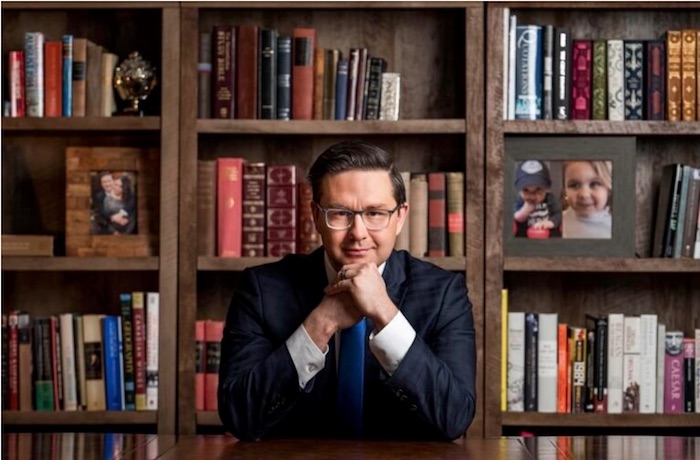
 2025 Federal Election1 day ago
2025 Federal Election1 day agoAn In-Depth Campaign Trail “Interview” With Pierre Poilievre
-

 Alberta20 hours ago
Alberta20 hours agoAlberta’s embrace of activity-based funding is great news for patients
-

 John Stossel19 hours ago
John Stossel19 hours agoGovernment Gambling Hypocrisy: Bad Odds and No Competition






